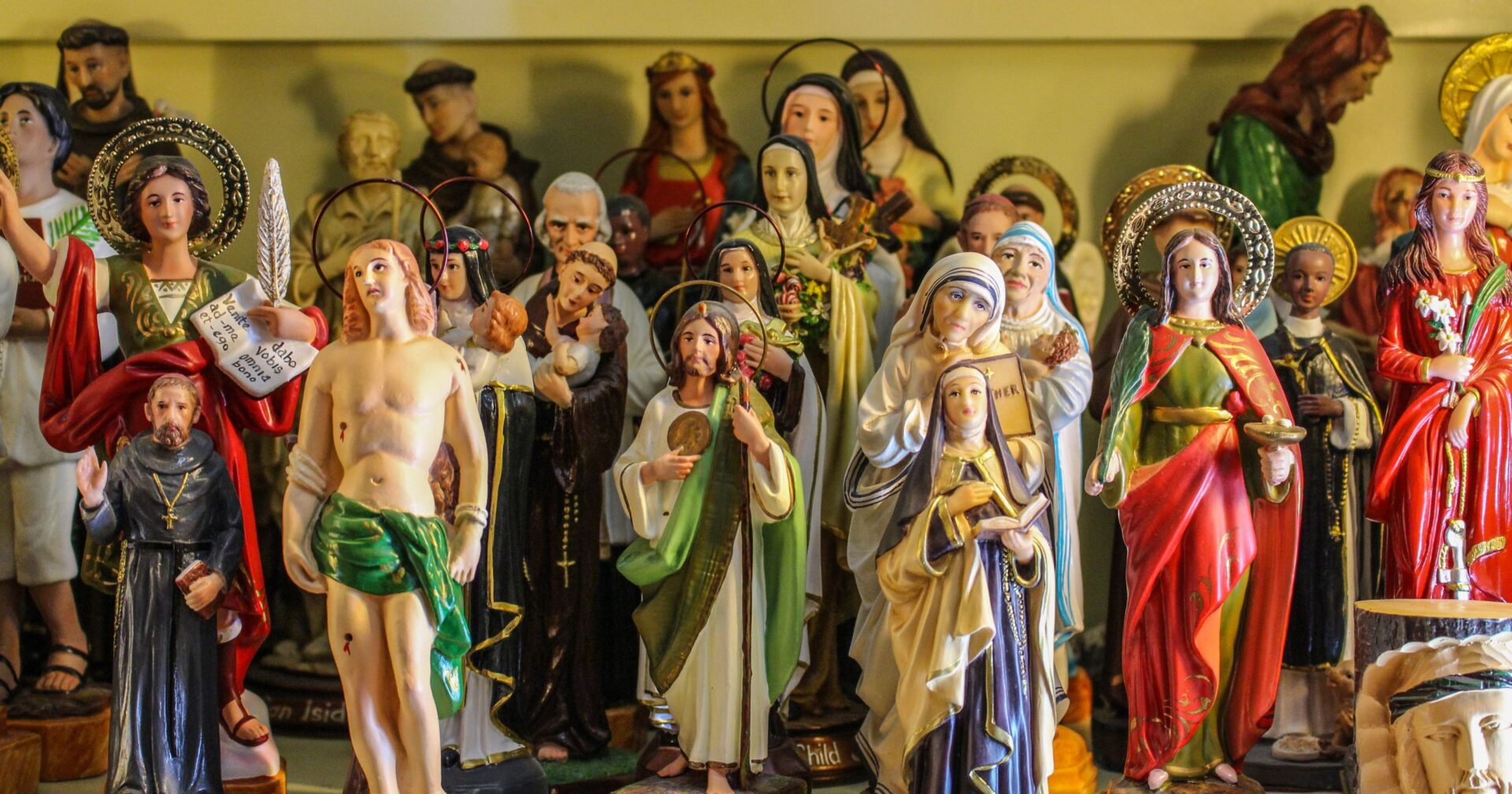Have you ever heard of the mysterious and mystical practice of equivalent canonization in the Catholic Church?
Equivalent canonization is a form of canonization that occurs when the Pope recognizes and orders the public and universal veneration of a Servant of God without going through the normal canonization procedure.
It’s a shortcut to sainthood, so to speak.
This practice started as early as the 11th century and has been utilized by popes throughout history to canonize saints whose holiness and heroic virtues were already widely known and revered.
To be canonized through equivalent canonization, a person must meet certain requirements, such as having a reputation for holiness and miracles, and having their veneration carried out historically and without interruption. All that’s needed then is a public declaration from the Pope to extend the cult of the saint to the Universal Church.
Some of the most notable saints who have been canonized through equivalent canonization include Romuald, Norbert of Xanten, Bruno of Cologne, Gregory VII, Hildegard of Bingen, Angela of Foligno, Peter Faber, Joseph of Anchieta, Marie of the Incarnation, Francis-Xavier de Montmorency-Laval, Joseph Vaz, and Margaret of Castello.
Next time you’re reading about saints or visiting a church, take a moment to think about the amazing journey each one went through to become a saint and be grateful for their influence on the world.
All saints, pray for us!
🙏
Photo credit: Immaculate / Shutterstock.com














